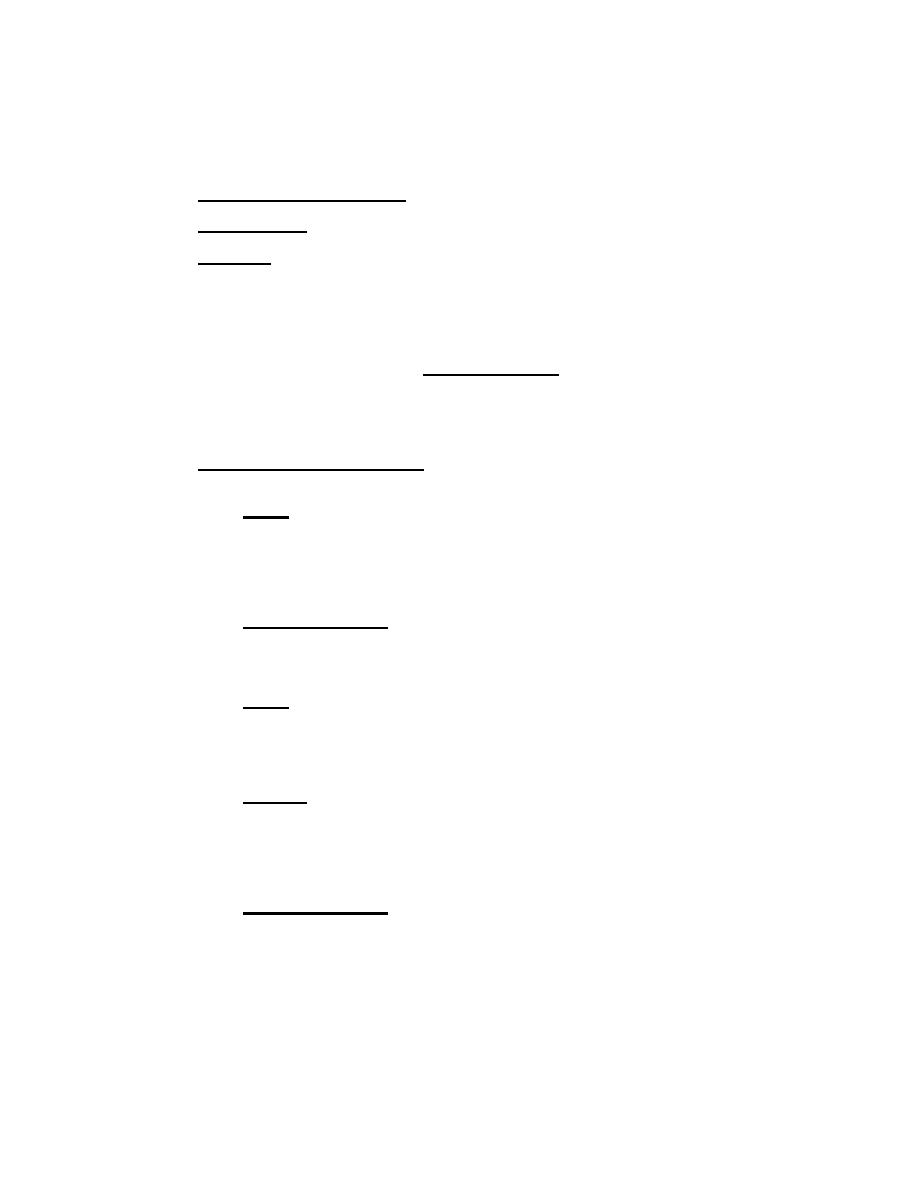

Custom Search
|
|

|
||
 MIL-HDBK-1013/1A
5.5
New Construction Design
5.5.1
Introduction
5.5.1.1
Overview. This section provides design options for hardening a new
building against forced entry penetration. Hardening options for the very
high-severity threats (explosives in combination with hand, power, or thermal
tools) are addressed in par. 5.5.2. This is followed by design options for
the low-, medium-, and high-severity threats in par. 5.5.3 for walls,
par. 5.5.4 for roofs and floors, par. 5.5.5 for doors, par. 5.5.6 for
windows, and par. 5.5.7 for utility openings. The objective is to identify
construction choices that assure a balanced design between all building
components, i.e., approximately equal penetration delays against a given
threat severity level for each with no vulnerable weak links. These
penetration delay times for a given severity level must also equal or exceed
the guard force response times established in Section 2.
5.5.1.2
Summary of Design Choices.
The choices available to the designer
are summarized as follows:
1) Walls. Any wall construction can be used for the low-severity
threat. For medium- and high-severity threats, the choices are limited to
CMU (concrete-masonry unit) for lower delay time requirements, and
conventional or steel-fiber-reinforced concrete for higher delay time
requirements. Very high-severity threats require sacrificial areas or
massive reinforced concrete.
2) Roofs and Floors. Any roof or floor construction can be used
for low-severity threats. Medium- and high-severity threats require
reinforced concrete. Very high-severity threats require sacrificial areas
and reinforced concrete.
3) Doors. Specialized designs are available for low and medium
threats for personnel doors, medium and high threats for vaults, and high and
very high threats for magazines. Conventional vehicle door designs are
available for low, medium, and high threats, but all offer little penetration
4) Windows. Specialized designs are available for low-barrier,
medium-, and high-severity threat levels:
a)
Low - Hinged grating and transparent barrier
b)
Medium - Transparent barrier
c)
High - Opaque rolling barrier.
5) Utility Openings. If possible, all utility openings should be
less than the man-passible 96 square inches (0.06 sq mm) of cross-sectional
area or less than 10 inches (254 mm) in diameter. Where this is not
possible, single or multiple grillworks can be introduced for the low and
medium threat
120
|
 |
|
 |
||